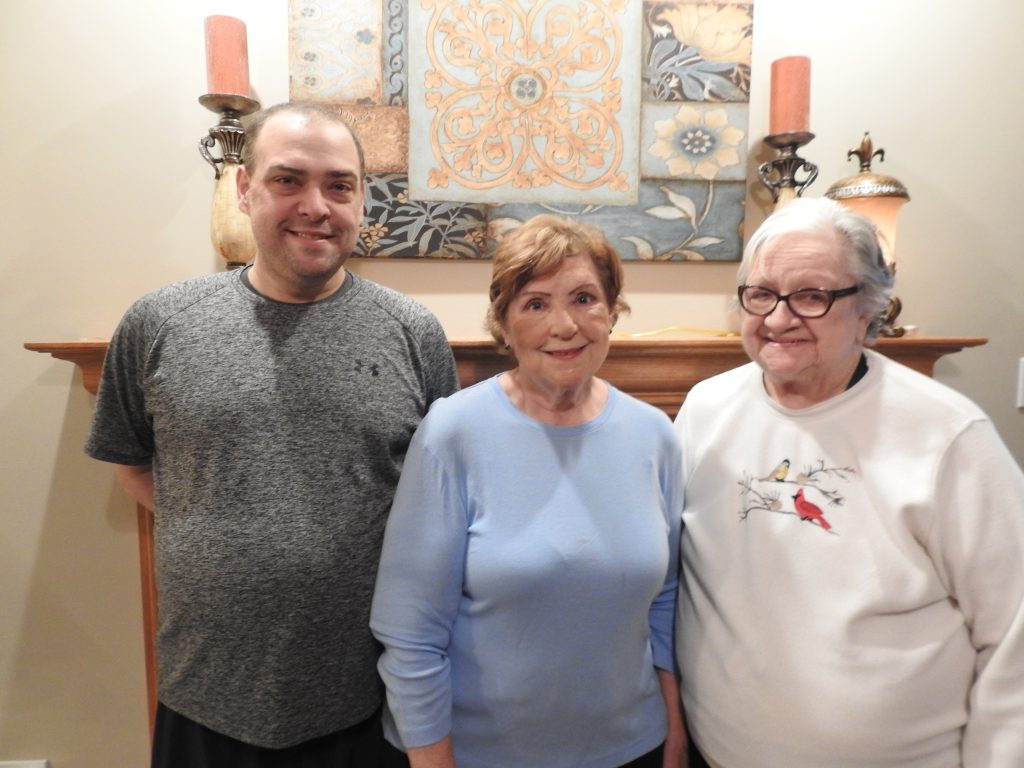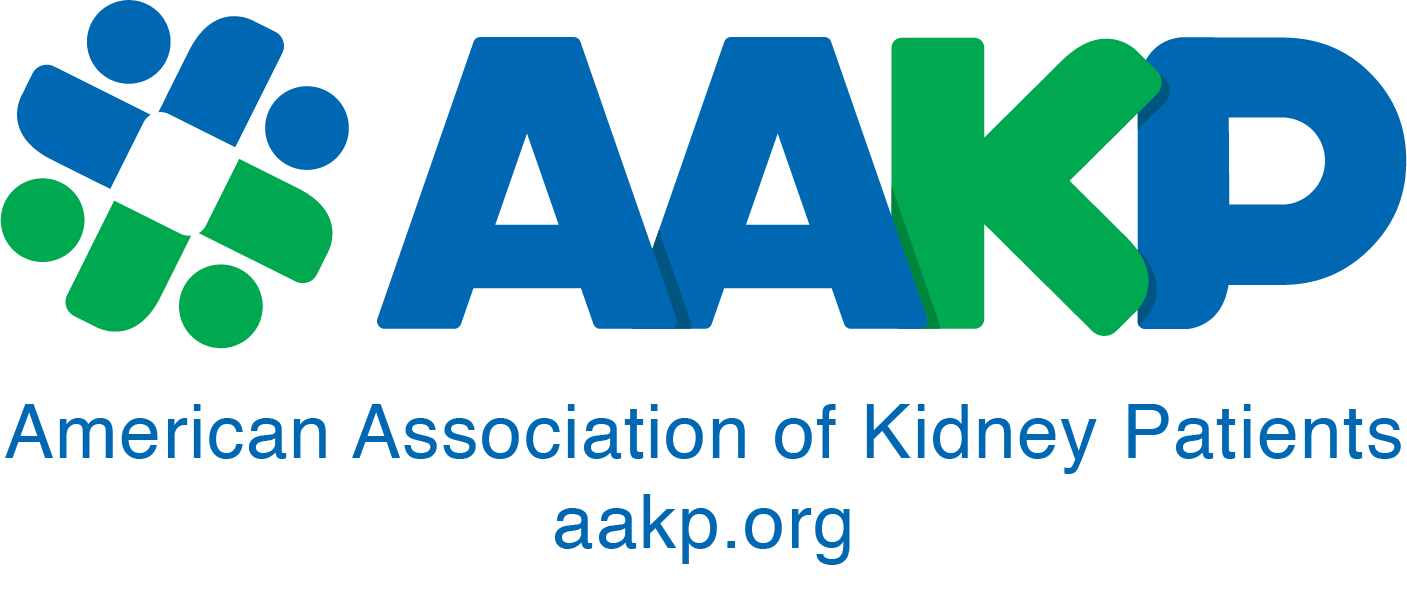The Journey Begins
Bobbie Reed first became a caregiver when her son Alex was diagnosed with kidney disease shortly after he graduated from Penn State in 2013. Alex was always a healthy and athletic child and played baseball in college. In the weeks following his graduation, he was hospitalized after becoming ill from severely high blood pressure. Doctors were never able to firmly determine what caused his high blood pressure since he had always been a healthy student athlete, but they did discover that his kidneys were damaged from the episode. A few months later, instead of getting better by taking blood pressure medications as doctors had hoped, Alex’s kidneys started to fail and he would soon need to begin dialysis. He took an education class before beginning dialysis to determine which method would be best for him, and after careful consideration, he chose home hemodialysis and asked Bobbie to be his care partner.

Bobbie recalls Alex’s reasons for choosing home hemodialysis. He did not like the idea of doing dialysis while he slept, so he ruled out peritoneal dialysis. When he visited the in-center hemodialysis clinic, he knew immediately that it was not for him. Bobbie says Alex described the center like seeing a sci-fi movie. The center had a much older population and Alex told his mom that he would rather not do dialysis at all than go there. So, home hemodialysis it was, and Bobbie was there to learn her role and support her young son’s decision every step of the way. Alex got his fistula put in, but before it was fully ready, he crashed into dialysis on December 1, 2013, and had to use a chest catheter for dialysis.
In addition to learning about and starting home hemodialysis, Bobbie and Alex were also learning about the kidney transplant waitlist and living kidney donation. They learned that a living kidney donor would be the best solution for Alex. However, he was having a hard time even becoming eligible to receive a kidney donation due to the unknowns about what caused his high blood pressure. His healthcare team was concerned there could be a chance that a new kidney could be affected by whatever the initial problem was that caused his high blood pressure. So, with Bobbie by his side, Alex spent months doing genetic testing and looking back at medical records in hopes of finding a root cause. The genetic testing came back clear—nothing showed genetics played a role. His prior medical records, which included regular sports physicals in college, did not show any red flags either. With that research complete, Alex was finally cleared for the kidney transplant list.
During this time, Bobbie decided Alex needed a marketing plan to find a living kidney donor. Using her experience working in sales and marketing for AT&T and her family insurance business, she devised a plan to get the word out about Alex’s need. Starting small, she published a short excerpt and photo of Alex in her husband’s high school alumni association quarterly update. A short time later, Bobbie asked the Penn State Alumni Association to share that Alex needed a living kidney donor. The Association interviewed Alex and Bobbie and published an article in the Penn State Alumni newsletter. Bobbie used social media to recognize and thank anyone who helped along the way. She continued asking people, businesses, and connections if they could do something to help Alex. Bobbie asked one connection at a time, and her campaign for Alex slowly gained momentum. She continued to share each success on social media, and it was important to her to write a handwritten letter to each person who helped.
Unbeknownst to Bobbie and Alex, that Penn State Alumni Association announcement reached Mr. John Hyde, a 57-year-old married man whose son went to Penn State and played baseball with Alex. Mr. Hyde was so moved by the need and Bobbie’s posts on social media that he flew from his home in New Jersey to Pennsylvania, where Alex was listed, to be tested as a potential donor. Still unknown to Bobbie and Alex, Mr. Hyde was a good match, but was overweight and had to lose 30 pounds to be accepted as Alex’s donor. Mr. Hyde went back to New Jersey and stayed motivated by Bobbie’s continued social media efforts. Within six months, the excess weight was gone.
The Big Announcement
Alex received an invitation from Mr. Hyde’s son Mike to attend a tailgate party at an upcoming Penn State game. Alex agreed to go even though he had to wake up early and home hemodialysis often made him fatigued. When he arrived, he met Mr. Hyde. Without any clue as to what was about to happen, Mr. Hyde asked Alex if he would like anything, implying food or a drink. Alex replied that he’d take a breakfast sandwich. Mr. Hyde replied, “Is that all? I thought you needed a kidney.” Mr. Hyde explained that he had been tested and approved to be his living kidney donor. In fact, they could schedule the surgery whenever Alex wanted. Alex was astonished by the news and called his mom immediately. Bobbie worried something may be wrong when she got his call and was beyond thrilled when she heard his amazing news.

A few weeks later, in November 2015, the transplant surgery took place and went amazingly well. John Hyde walked out of the hospital after just 18 hours of becoming Alex’s living kidney donor.
Life improved significantly for Alex. He was able to work at the family business part-time while recovering from his new kidney and also decided to become a youth baseball umpire. Unfortunately, during the height of the COVID-19 pandemic, Alex was hospitalized with pneumonia. During this time, Alex wanted to participate in research for those who are immunocompromised and vaccinated for COVID to see if they had antibodies. COVID was not detected, however his body demonstrated very high COVID antibodies, and his healthcare team thought he either had active COVID or had recently had COVID.
In December 2022, during a regular bloodwork check, donor-specific antibodies were found and his kidney was going into rejection.
Just a month later, Alex was back on home hemodialysis.
Bobbie says home hemodialysis is more difficult this time around for them both. Alex suffers from anemia and fluid retention. He also had to have his gallbladder removed recently, making the surgery more complicated due to adhesions. Today, he is patiently waiting on the kidney transplant waitlist and looking for a living kidney donor.
Caregiving for Two
Bobbie says it is now very real to her that life is a journey, not a destination. In addition to being a care partner for Alex, Bobbie is now a caregiver to her mom, who has diabetes and stage 4 kidney disease. Bobbie explains that after her father’s death in 2021, her mom moved from Daytona Beach, Florida, to an independent living facility near family in Pittsburgh, Pennsylvania. Bobbie’s focus with her mom has been on nutrition as well as finding her the best possible doctors. She takes her mom to her medical appointments, manages her medications, and helps her get the best care. In addition, she helps manage her mom’s diabetes monitoring and communicates results to the doctors. Bobbie is often the go-between, sharing medical records with different doctors because portals aren’t great at communicating with each other. It is important to make sure all doctors are kept informed and on the same page relative to her mother’s care.
As a care partner, Bobbie offers the following advice to others:
• Take someone with you! As a patient, you may not be feeling 100 percent, and it’s beneficial to have a second set of ears at your appointments.
• Bring questions! Go in with two copies of your list of questions—one copy for the doctor and the other for you. This will set the tone and ensure your questions are answered, bridging the gap to ensure effective communication with your doctor.
• Take good notes! During your appointment, write down everything or have your care partner do so. You can write the answers on your copy of the list of questions. This will be valuable in remembering what was discussed and will help with your care coordination.
• Read up! Bobbie recommends Suzanne Ruff’s “The Reluctant Donor,” an easy and helpful read. She also recommends “The Patient Will See You Now” by Eric Topol to help learn how to set the tone for communicating with your doctors.
• Join a support group! Kidney Solutions (https://kidneysolutions.org/) meets weekly on Monday evenings and Dr. Jean Wright (https://www.vdsccares.com/monthly-support-group-caregivers) holds a support group two times a month—one is for caregivers and the other for patients.
• Get social! For those waiting for a transplant like Alex, set up a social media account to help find a living kidney donor. Dedicate this page to your search for a donor and share updates on your health.
• Inspiration! Looking for a donor and need help asking? Bobbie recommends Kidney Stories Toastmasters,
(KidneyStoriesToastmasters@gmail.com) meets twice monthly on Sunday evenings at 7:00 pm EST. They will help you speaking and engaging with others.
In addition to caregiving, Bobbie is an active advocate in the kidney community and encourages readers to learn about the Living Donor Protection Act (H.R. 2923 / S. 1384) and contact members of Congress about sponsoring this legislation.
Read more about Bobbie’s son Alex and his search for a living kidney donor: Kidney4Alex.com.
Bobbie’s contact info can be found below. She encourages readers to connect with her on each platform listed. Her LinkedIn page has a complete history of the depth of her involvement with kidney disease and helping others.
Contact Information for Bobbie Reed
Email: bobbiereed16@aol.com
LinkedIn: https://www.linkedin.com/in/roberta-reed-a735052b/
Facebook: https://www.facebook.com/Bobbie.Reed16
X/Twitter: @bobbiereed161
AAKP Additional Resources:
AAKP Advocacy and Skills Training Sessions
• How to Tell Your Story Online: https://bit.ly/AAKP-HowToTellYourStoryOnline
• Practical Steps in Sharing YOUR Story to Support Finding a Living Organ Donor: https://bit.ly/AAKP-FindingALivingOrganDonor
This article was originally published in the Nov./Dec. aakpRENALIFE magazine.
























